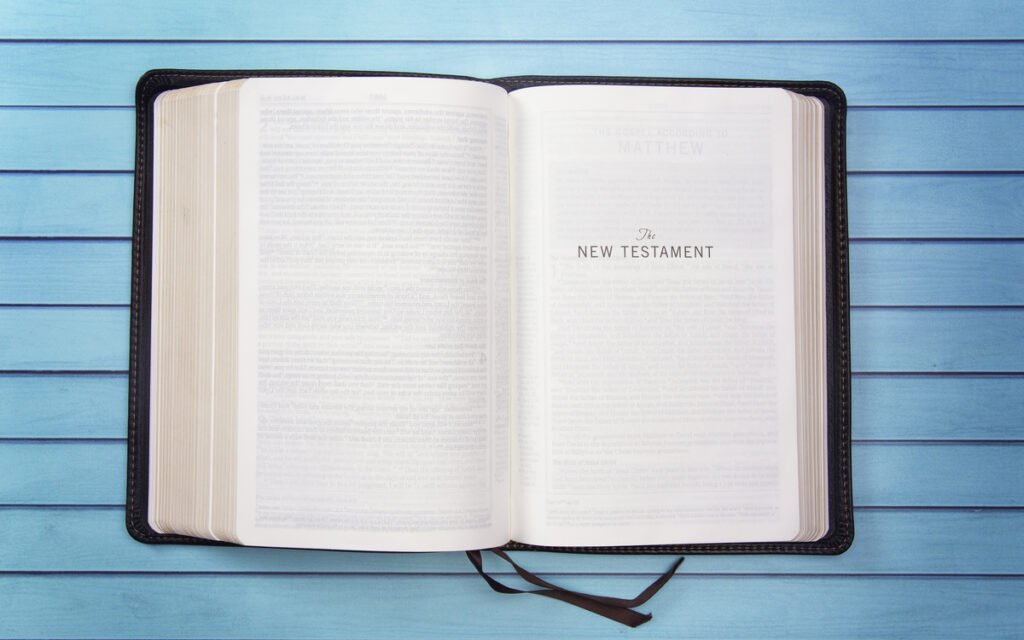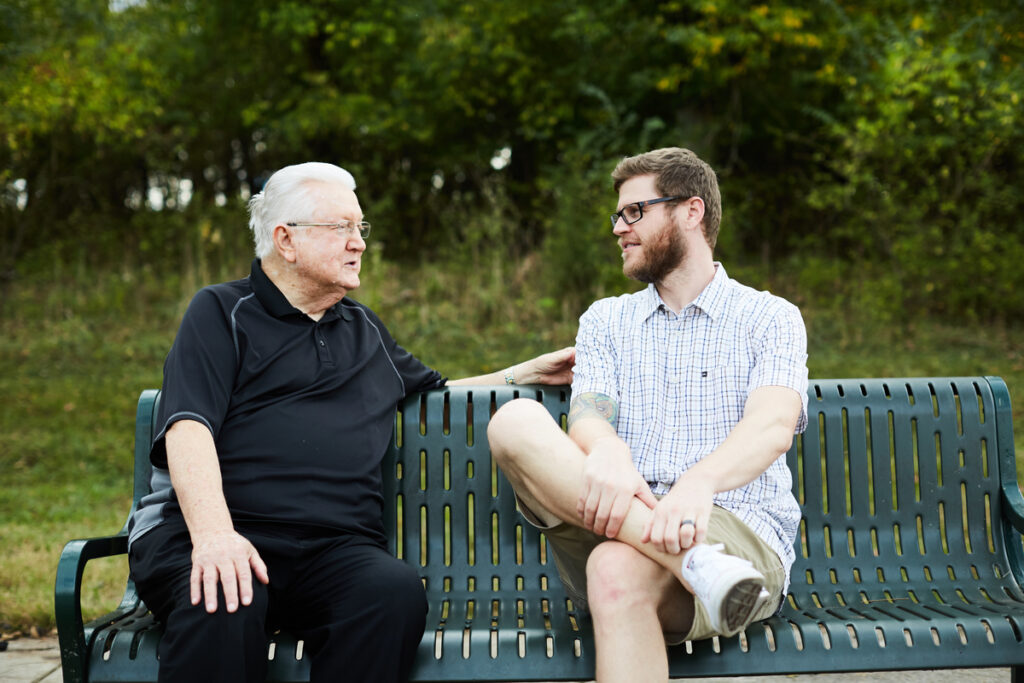“The more mixed the congregation is, especially in ‘class’ and ‘color,’ the greater its opportunity to demonstrate the power of Christ,” John Stott once wrote. Part of his point was that, when a faithful church is marked by ethnic and socioeconomic diversity, that church provides a living apologetic for the power and wisdom of God. This apologetic argument has a long and venerable pedigree in the history of the church. In the late second century, Tertullian of Carthage declared that churches were attracting and uniting people from “each sex, every age, and indeed every rank” (Ad nationes, 1:1:2). Lactantius made much the same point in the fourth century, describing how churches enfolded members of “every kind and age” (Divinarum institutionum, 6:3).
This argument from the basis of faithful diversity isn’t a formal philosophical proof of God’s existence or the gospel. It is, instead, what C. Stephen Evans describes in Natural Signs and the Knowledge of God as “a ‘pointer,’ something that directs our attention to some reality or fact and makes knowledge of that reality or fact possible.” Evans was referring to the natural world as a “pointer.” Yet natural signs are far from the only phenomena that point to God’s power and wisdom. The communion of the church can be a “pointer” as well, particularly when that communion is marked by a multiplicity of ethnicities and socioeconomic backgrounds.
1. Faithful Diversity Provides Evidence for the Power of the Gospel
So how does a church that’s simultaneously diverse and faithful to God’s Word point to the power of the gospel? All of us are inclined by our sinful natures to join our lives with those most similar to us and to dominate those that aren’t like us. Augustine of Hippo referred to this disordered inclination as one aspect of our “lust for dominance” (libido dominandi). And, if there is no God and the natural world is all that exists, seeking the dominance of the people that are most like ourselves does make perfect sense. Furthermore, if naturalistic evolution is our only explanation for human social behaviors, natural selection ought to have diminished any inclination to join our lives with people who aren’t like ourselves, especially if those individuals happen to be needy or marginalized. Overcoming this tendency requires something greater and more powerful than a materialist universe can explain. And so, when the world around us attempts to form diverse communities through methods that will inevitably fail, non-Christians unwittingly reveal inclinations that their secular worldview cannot adequately explain.
But what does it reveal when a faithful church succeeds in effectively and joyfully forming a community of people from different ethnicities and socioeconomic backgrounds? When practiced by an entire community, multiethnic and multi-socioeconomic hospitality reveals the power of the gospel and calls into question every materialist account of human social behaviors.
To join my life with fellow Christians from backgrounds that aren’t the same as mine means humbly admitting that the resources I need to become like Jesus are not the exclusive property of people who look like me. Such diversity is a pointer that hints at the presence of supernatural power and grace. That’s why it shouldn’t surprise us to see that, when some Christians in the first century began preferring one social class over others, James the brother of Jesus rebuked their partiality as a distortion of the gospel and a transgression of God’s law (James 2:1, 9; see also Galatians 2:14).
2. Faithful Diversity Provides an Aesthetic Argument for God’s Wisdom
According to Blaise Pascal, Christians should show how their faith is “attractive, make good men wish it were true, and then show that it is.” Faithful diversity is one of the many ways that we can manifest the attractiveness of a Christian way of life. When a Christ-honoring church draws together people from many social and cultural backgrounds, that congregation is declaring the truth of God’s Word by displaying the divine beauty of the gospel.
In his epistle to the Ephesians, Paul described how the gospel joined Gentiles and Jews as fellow participants in God’s promises (Ephesians 3:6). As he reflected on the diverse communities that God was bringing together in the church, Paul rejoiced at “the manifold wisdom of God” (Ephesians 3:10). The term that’s translated “manifold” or “multifaceted” in this text suggests, in the words of one biblical scholar, “‘the intricate beauty of an embroidered pattern’ . . . or the endless variety of colors in flowers.” A richly varied church that’s united by God’s Word reveals to the world the intricate beauty of God’s wisdom.
According to the apostle John, this diversity will persist past this present life. The multitude before God’s throne in eternity enfolds the redeemed from “every tribe, people, and language” (Revelation 7:9). At the end of time, all that is glorious and good from every ethnicity will be gathered together in the New Jerusalem (Revelation 21:26). There is a beauty glimpsed when God’s people gather in all their diversity that’s hidden when we remain apart. This beauty provides an aesthetic apologetic that’s grounded in the life of the church. It’s a defense of the gospel that displays a way of life more attractive than anything the world can achieve. Then, it declares that what is attractive is also true.
What Might Faithful Diversity Look Like in Your Context?
As you consider how faithful diversity can provide a pointer to the truth of God, here are some questions that might be worth asking yourself: “Is my local church providing evidence for the power and beauty of the gospel by bringing people together that the world can’t? What types of people have been providentially placed in my neighborhood but don’t attend my church? What barriers might be keeping these individuals from hearing the gospel in my congregation and finding a spiritual home here?”
There is evidence of God’s power and beauty in a church that gathers different classes and cultures in the same communion. This isn’t going to look the same in every place. In fact, it’s likely to look different in your context than it does in mine. In your community, cultivating a diverse kingdom culture might require learning to welcome displaced Somali refugees or Latino immigrants. It may entail some difficult adjustments to make a congregation of twentysomethings more receptive to senior citizens. It could mean adjusting your ministries to welcome low-income families from a nearby trailer park. If your congregation is mostly white but your neighborhood isn’t, it might mean asking some difficult questions to discover why black and brown families don’t feel comfortable visiting your church.
Perhaps your church already displays gospel-empowered diversity. If so, prepare yourself and the people in your church to point to this pattern of life as evidence of the presence and power of God. Early Christians didn’t hesitate to point to the diversity of their churches as evidence for the truth of their claims, and neither should we!
Regardless of your context, remember this: When you pursue God’s vision for diversity as a follower of Jesus, you aren’t gaining God’s blessing; you already have every blessing in Christ. Your unity with Christians of every color and culture is not a goal you must achieve; it’s a gift you’ve already received because of the finished work of Jesus. When you learn to practice this gift, your practices provide a pointer to the power of the gospel and the beauty of God’s plan.
Published March 4, 2024




